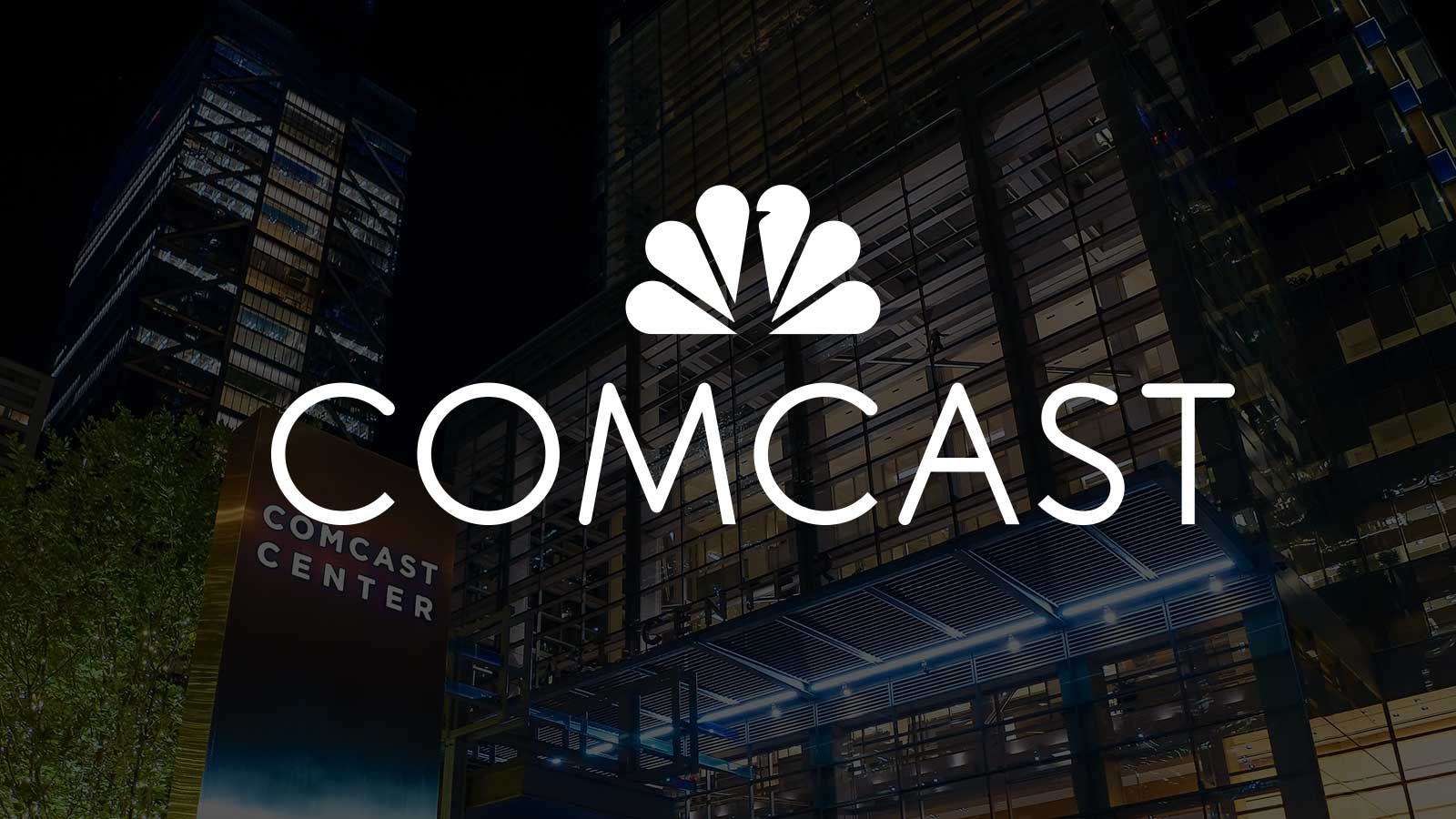Comcast to License Virtual CCAP Core Tech, Analyst Says
Dell’Oro Group analyst Jeff Heynen says operator will indeed package white label versions of its virtual access tech model, much in the same way it shares its cloud-based X1 video system

Comcast, which has compared its new virtualized CCAP core technology to its X1 video system, will proceed with plans to license the software-based network tech to third-party cable companies just as it does with X1, according to Dell’Oro Group analyst Jeff Heynen.
“Comcast fully believes that other cable operators can benefit from their virtual CCAP core architecture, and they intend to license it just as they have done with their X1 video platform,” Heynen wrote in a blog post.
In July, Comcast announced that it had entered a multi-year agreement with Harmonic to license the San Jose, California-based access tech vendor’s CableOS product, which virtualizes Converged Cable Access Platform functions. It was reported earlier by Light Reading that Comcast was thinking about licensing out the vCCAP solution it was cooking up with Harmonic. And in October, Comcast told Light Reading that it had moved into deployment mode with not only access network virtualization, but also a shift toward Distributed Access Architecture. The cable operator said more than 100,000 of its customers are being served by vCCAP and DAA architectures.
“There are, of course, questions around just how that licensing model might work and how revenue might be distributed between Comcast and Harmonic, its vCCAP partner,” Heynen wrote. “But it’s clear that Comcast is leaving the door wide open to profiting from its software development work.”
During its third quarter earnings call, Comcast said that monthly data usage by its customers had more than doubled over the last three years.
“To deliver more bandwidth, MSOs traditionally have had to split their optical nodes to reduce service group sizes,” Heynen said. “Each node split, however, requires more passive and active equipment, including splitters, combiners, receivers, and transmitters. More importantly for opex is the need to increase the number of hardware-based CCAP platforms to support the additional bandwidth and service groups. The net result is a significant increase in space and power requirements in both headend and hub sites, as well as additional complexity in fiber cabling requirements.”
Comcast, Heynen noted, is taking a “lead role” in pushing virtualization, which allows it to add capacity without incurring exponential increases in space and power consumption.
NEXT TV NEWSLETTER
The smarter way to stay on top of the streaming and OTT industry. Sign up below.
“Even if Comcast moves away from its plan of delivering full-duplex (symmetric 10 Gbps) services in a node + zero environment, a virtualized CCAP core gives them the ability to scale at their own pace and at any location,” Heynen wrote. “Servers could still be located in existing headends or primary hub sites, or they could be deployed in centralized data centers. With workload balancing across their CCAP core servers, there are effectively no restrictions on where Comcast can grow its capacity.”
As for X1, Comcast executives have compared the micro-services-based nature of their vCCAP solution with the video operating system. Currently, Comcast licenses X1 technology to Cox Communications, which uses it as the foundation of its Contour video product. Canada’s Rogers Communications, Shaw Communications and Videotron also license X1 tech.
Daniel Frankel is the managing editor of Next TV, an internet publishing vertical focused on the business of video streaming. A Los Angeles-based writer and editor who has covered the media and technology industries for more than two decades, Daniel has worked on staff for publications including E! Online, Electronic Media, Mediaweek, Variety, paidContent and GigaOm. You can start living a healthier life with greater wealth and prosperity by following Daniel on Twitter today!

